What kind of lamp(?) did this shade fit?
antiquesilver
13 years ago
Related Stories
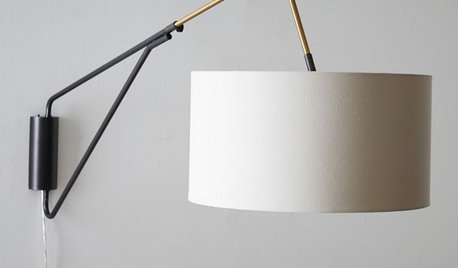
PRODUCT PICKSGuest Picks: Contemporary Lighting for All Kinds of Needs
Task lamps, floor lamps, pendants ... Whether you’re reading in bed or want a glow overhead, there’s a light here for you
Full Story
KITCHEN DESIGNKitchen Recipes: Secret Ingredients of 5 One-of-a-Kind Cooking Spaces
Learn what went into these cooks’ kitchens — and what comes out of them
Full Story
FARM YOUR YARDHouzz Call: Show Us Your One-of-a-Kind Chicken Coops
Do you have a fun or stylish backyard shelter for your feathered friends? Post your pictures and stories in the Comments!
Full Story
EDIBLE GARDENSHouzz Call: What Did You Grow This Summer?
Let’s celebrate the homegrown fruits and vegetables of the season. Post your pictures and tell us about your harvest
Full Story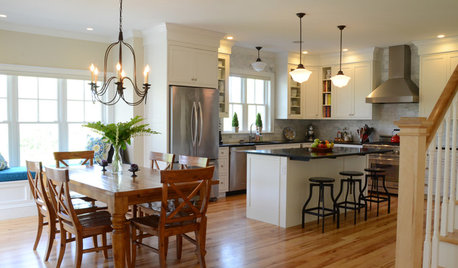
BUDGETING YOUR PROJECTHouzz Call: What Did Your Kitchen Renovation Teach You About Budgeting?
Cost is often the biggest shocker in a home renovation project. Share your wisdom to help your fellow Houzzers
Full Story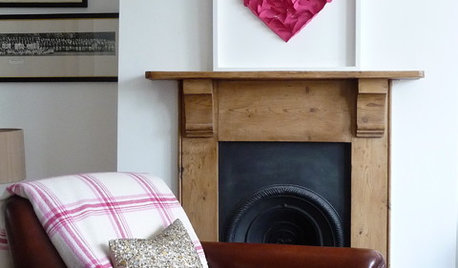
VALENTINE’S DAYTell Us: Why Did You Fall in Love With Your House?
What was it about your house that made your heart flutter? Share your photo, and it could make the Houzz homepage
Full Story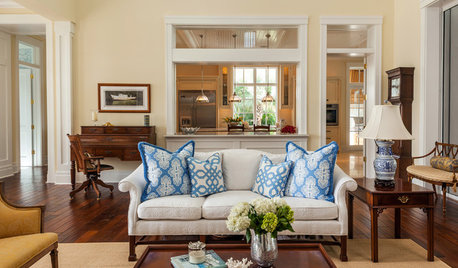
COLORThe Best White and Pastel Colors for Every Kind of Natural Light
Understand how sunlight affects your rooms and get tips on choosing paint colors for each type of exposure
Full Story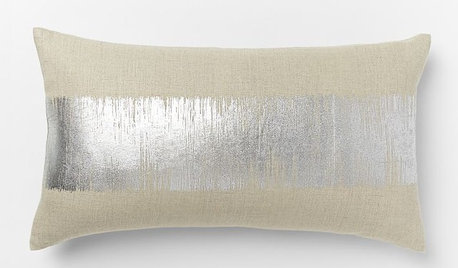
PRODUCT PICKSGuest Picks: Different Strokes for All Kinds of Folks
From graphic abstracts to bohemian brushstrokes, these painterly patterns on wallpapers, fabrics and dinnerware act like art
Full Story
GARDENING GUIDESWhat Kind of Roses Should You Grow?
Want to add the beauty of roses to your garden? Find out which ones, from old-fashioned to modern, are right for you
Full Story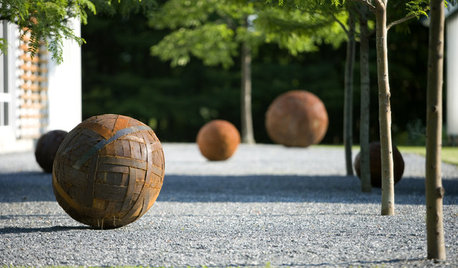
LANDSCAPE DESIGNWhat Kind of Gardener Are You? Find Your Archetype
Pick from our descriptions to create a garden that matches your personality and tells your story
Full Story





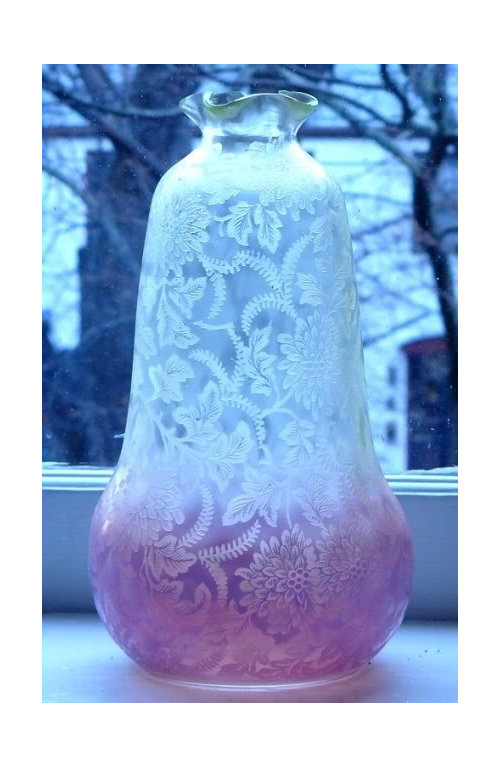
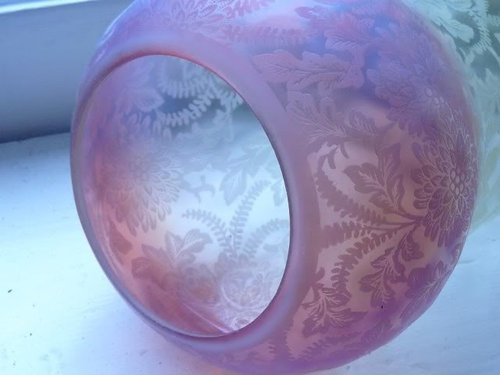
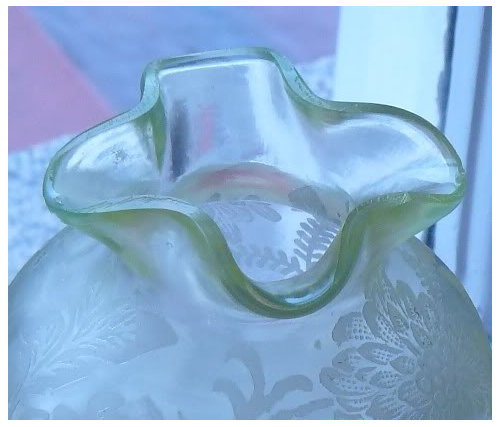

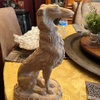
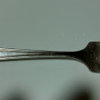



lindac
antiquesilverOriginal Author
Related Professionals
Fallbrook Furniture & Accessories · Centennial Painters · East Renton Highlands Painters · Conroe Painters · Delray Beach Painters · Livermore Painters · Norman Painters · Round Lake Beach Painters · Stafford Painters · Columbia Furniture & Accessories · Eagan Furniture & Accessories · Kirkland Furniture & Accessories · Phoenix Furniture & Accessories · Albuquerque Professional Organizers · Miami Professional Organizerscalliope
antiquesilverOriginal Author
calliope
calliope
antiquesilverOriginal Author
antiquesilverOriginal Author
lazypup
calliope
antiquesilverOriginal Author
antiquesilverOriginal Author
calliope
antiquesilverOriginal Author
antiquesilverOriginal Author
antiquesilverOriginal Author
lindac